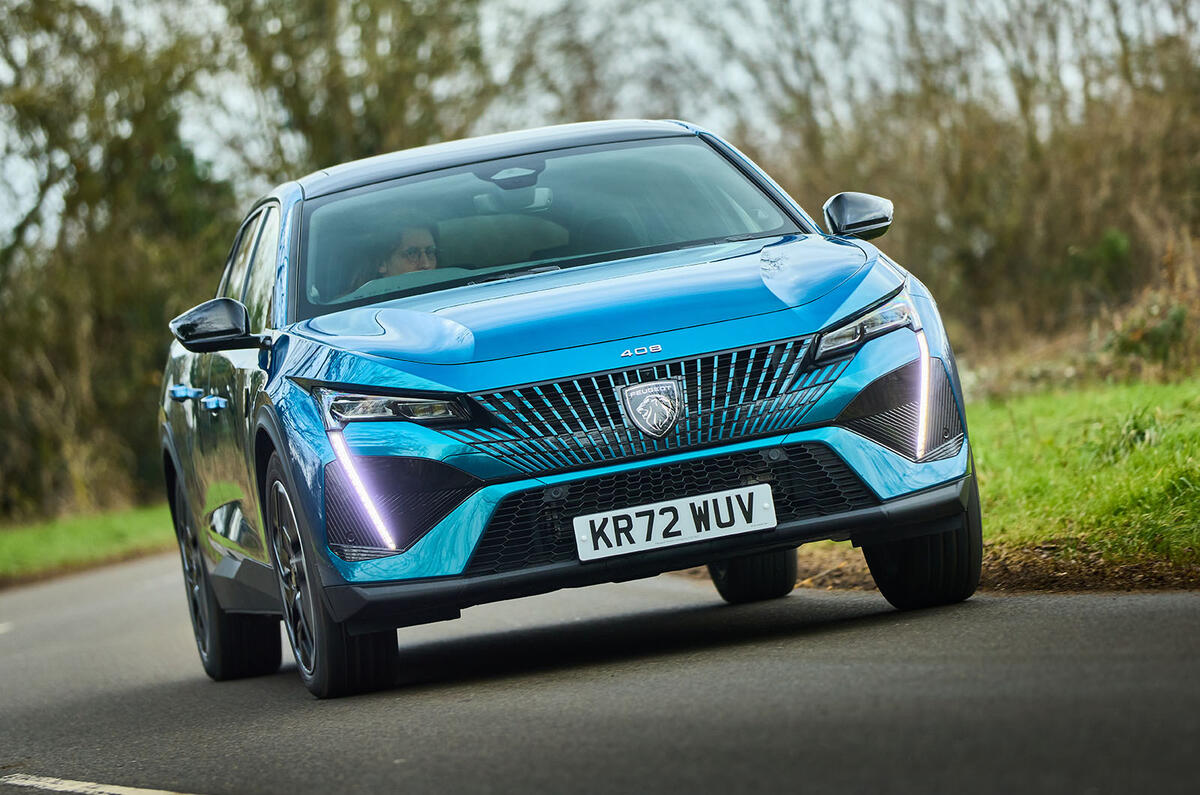Before we get under the skin of this all-new Peugeot 408, let's take a look at the numbers, specifically the ones on the nose and tailgate.
Follow the French company’s normal naming policy and the newcomer should be a mid-sized saloon that logically follows in the wheel tracks of the 405, 406 and 407. But the heir to those models is the current Peugeot 508. What’s more, the 408 is actually a crossover, complete with subtly raised ride height and some tough-looking body cladding, so it should be a double-0.
No, not a spy with a licence to kill, impeccable dress sense and a penchant for very particularly prepared cocktails but a Peugeot SUV. By rights, the 408 should be named the 4008, slotting in between the 3008 and 5008 and, in numerical terms, serve as a successor to the old Mitsubishi-based 4007. But that was a utilitarian seven-seat off-roader, while this car is a sleek coupé-inspired thing that Peugeot actually calls a fastback.
Just to muddy the waters further, a 408 saloon already exists, having been available in Asian and South American countries since 2010. This car will continue to be sold in those markets alongside the new one, which will be called the 408 X to avoid confusion, even though it is all, well, a little confusing.




























